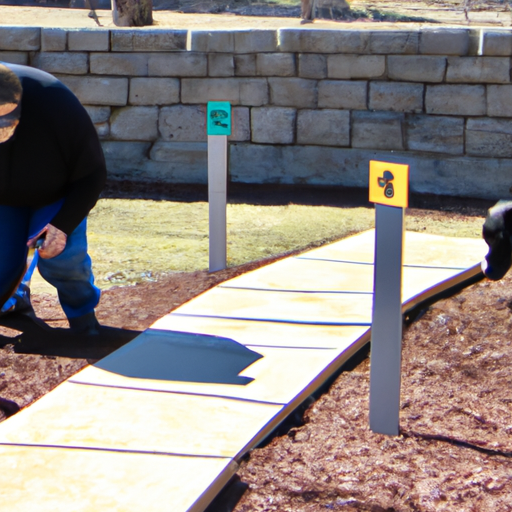A Brief Introduction
In your role as a caregiver, you likely appreciate the importance of assistance in daily tasks. Imagine then, how much more vital that help becomes for someone visually impaired. That’s where seeing-eye dogs come in. These amazing animals are more than just pets; they are an essential part of their owners’ lives, guiding them through daily tasks and activities. But where do these dogs get their training?
The Training Facilities
Seeing-eye dogs are trained in specialized facilities. These institutions focus on providing dogs with the necessary skills to assist visually impaired individuals. The training process is rigorous, comprehensive, and designed to ensure that each dog is capable of providing reliable assistance.
Some of the prominent training facilities in the United States include:
- The Seeing Eye – Located in Morristown, New Jersey, this is one of the oldest and most recognized seeing-eye dog training facilities in the world.
- Guide Dogs for the Blind – With campuses in both California and Oregon, they provide services across the United States and Canada.
- Leader Dogs for the Blind – Based in Rochester Hills, Michigan, this organization has been providing guide dogs since 1939.
The Training Process
The training process for seeing-eye dogs is extensive, typically taking around a year to a year and a half to complete. It involves several stages:
- Puppy Raising – This is the socialization phase, where puppies are exposed to various environments and situations.
- Formal Training – The dogs are taught specific skills required for guiding visually impaired individuals.
- Matching with Handlers – Dogs are paired with their future owners. The pairing process considers the lifestyle, walking speed, and personality of both the dog and the person.
- Team Training – The new handler and the dog train together, learning to trust and communicate with each other.
The Breeds Used
While any breed can theoretically be trained, the most commonly used breeds for seeing-eye dogs are:
- Labrador Retrievers
- Golden Retrievers
- German Shepherds
These breeds are preferred due to their intelligence, work ethic, and temperament.
| Breed | Characteristics |
|---|---|
| Labrador Retrievers | Intelligent, eager to please, good temperament |
| Golden Retrievers | Intelligent, patient, good with children |
| German Shepherds | Intelligent, protective, good work ethic |
The Impact of Seeing Eye Dogs
The impact of seeing-eye dogs on the lives of visually impaired individuals cannot be overstated. These dogs provide a level of independence and mobility that can significantly enhance the quality of life for their handlers. Furthermore, the bond between a seeing-eye dog and its handler is often strong, providing emotional support in addition to physical guidance.
Frequently Asked Questions (FAQ)
Q: How long does the training take?
A: Typically, the training takes between a year to a year and a half.
Q: Are certain breeds more suited to being seeing-eye dogs?
A: Yes, Labrador Retrievers, Golden Retrievers, and German Shepherds are most commonly used due to their intelligence and temperament.
Q: How are the dogs matched with their handlers?
A: Dogs are matched with their future owners based on lifestyle, walking speed, and personality of both the dog and the person.



